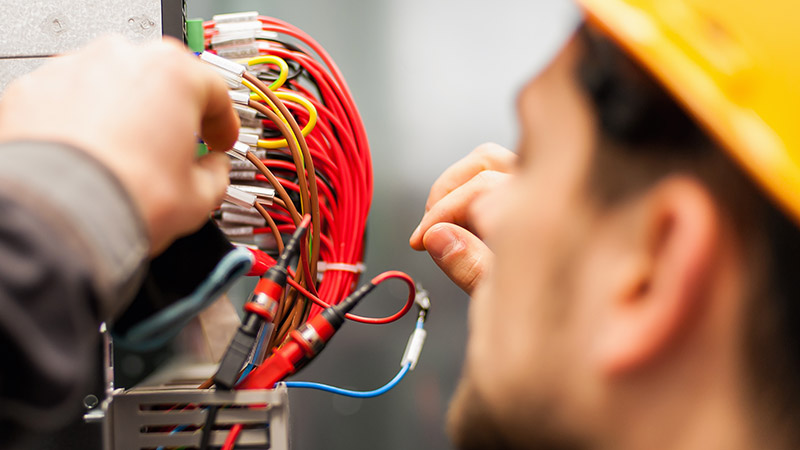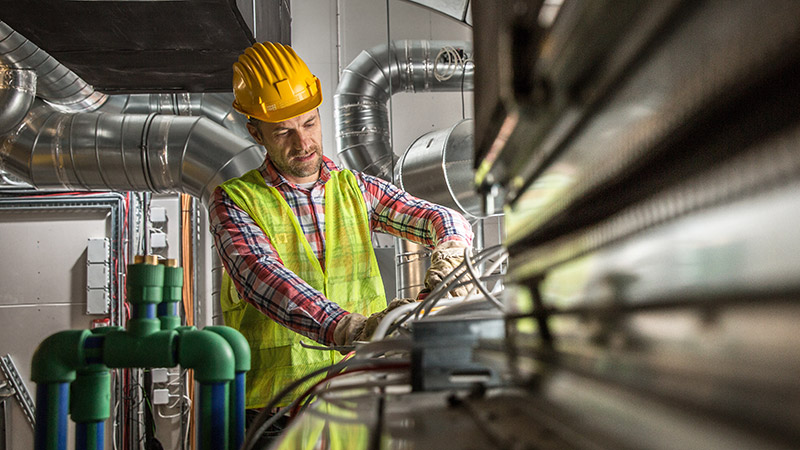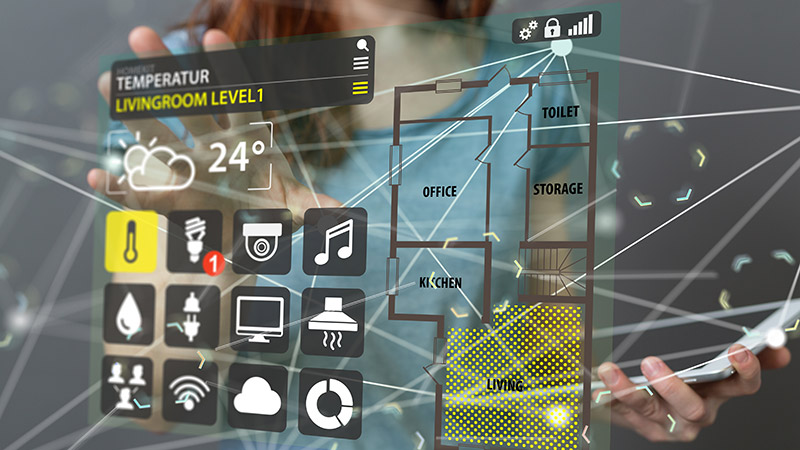This protocol has been in service since the turn of the century and provides a convenient one stop solution to building managers for controlling various functions from one console. Incorporation of IoT within the HVAC system will enable building managers to be even more flexible with their choices. Temparture ranges can be set which would be restricted to what a the manager wants, in order to save energy. Operating modes can be automatically adjusted by the HVAC systems based upon the occupancy of a specific room.
Moreover, energy companies are now pushing for demand management across locations. What this means is that whenever there is an increase in load demand, energy utilities can automatically alter HVAC temperature and mode settings to decrease power demand from a specific building. In returm, the utilities give out rebates for the amount of energy saved through these measures. This direct control of HVAC appliances by a utility is made possible by the interconnectivity provided by IoT.













